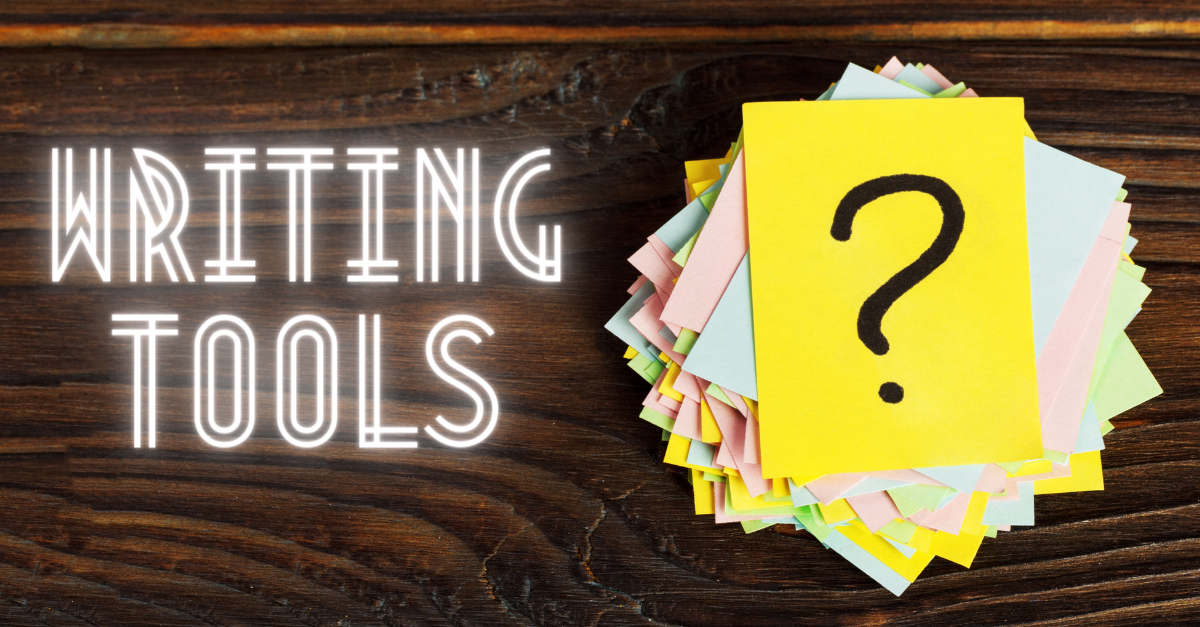|
Dialogue can make or break a story. Dialogue can infuse excitement and intrigue into your novel or it can fall dull and lifeless onto the page. It's so crucial to storytelling and characterization and world-building and it's such a tricky balance to have it achieve all three at once.
But the mechanics -- the punctuation, spelling, and grammar of dialogue -- is just as important as getting the voice and characterization right. If the reader is spending time stumbling over the nitty gritty details of the dialogue, they're going to miss all the work that went into crafting the exchanges. Dialogue just might be one of the trickiest elements to punctuate properly in a book, so here are five easy tips to remember when you're writing, revising, or editing those ultra important dialogue scenes. This helpful list was compiled in conjunction with my good friend, and former Copy Chief of Ooligan Press, Olivia Rollins who is an amazing copyeditor and proofreader now accepting clients. Five Quick Tips For Punctuating Book Dialogue
NOT A TIP BUT: You can/should always consult your Chicago Manual of Style if you're really feeling stumped about making a dialogue punctuation decision. Most of the major guidelines around dialogue covered in this list are available in the CMOS via these sections: 6.114 and 13.39–13.45. For more tips on editing dialogue, read this previous blog post.
0 Comments
Dialogue can make or break a story. Dialogue can infuse excitement and intrigue into your novel or it can fall dull and lifeless onto the page. It's so crucial to storytelling and characterization and world-building and it's such a tricky balance to have it achieve all three at once.
Ten Quick Tips for Editing and Improving Dialogue
Of course there are many more that just ten things to talk about, but this will be hopefully be a helpful springboard to managing those mistakes that nearly every writer runs into when it comes to capturing authentic, but compelling dialogue for our readers. There's always the debate of how much dialogue is TOO MUCH dialogue, and I would say that really depends on two things: the writer and the reader. Some writers are always going to include more dialogue because that's their writing style. They like to have their characters interact often on the page. Some readers are more engaged by dialogue than by descriptive prose. I have a sibling whose eyes glaze over when they encounter too much landscape description, so they'll skim sections until they hit a patch of dialogue and pick up from there. The onus is on the writer to determine where their strength lies, and just how much dialogue is too much. I'm a victim of over-dialoguing (I LOVE TO HAVE MY CHARACTERS TALK TO ONE ANOTHER) and so my editing and revision process for my own writing is usually to go through and cull out huge chunks of dialogue. I weed through the thorns to find the beautiful sparkling roses within, and cobble together the best dialogue for the most engaging and natural sounding interactions. My relationship with dialogue has really changed over the years I've spent writing and revising. I originally was opting for more "natural" sounding dialogue which included pauses and filler words and stammering, but it's just quite cumbersome to read, to speak aloud, and just doesn't work as well on the page as it does on the screen. So I've revised my attitude towards dialogue (but not the frequency of use) and I find it much more exciting for me to write and for others to read. Stay tuned for the next blog post on the exciting perils of dialogue punctuation! ;) |
AuthorMelinda Jasmine Crouchley, YA supernatural science fiction author and professional editor. Archives
February 2023
Categories
All
|


 RSS Feed
RSS Feed
